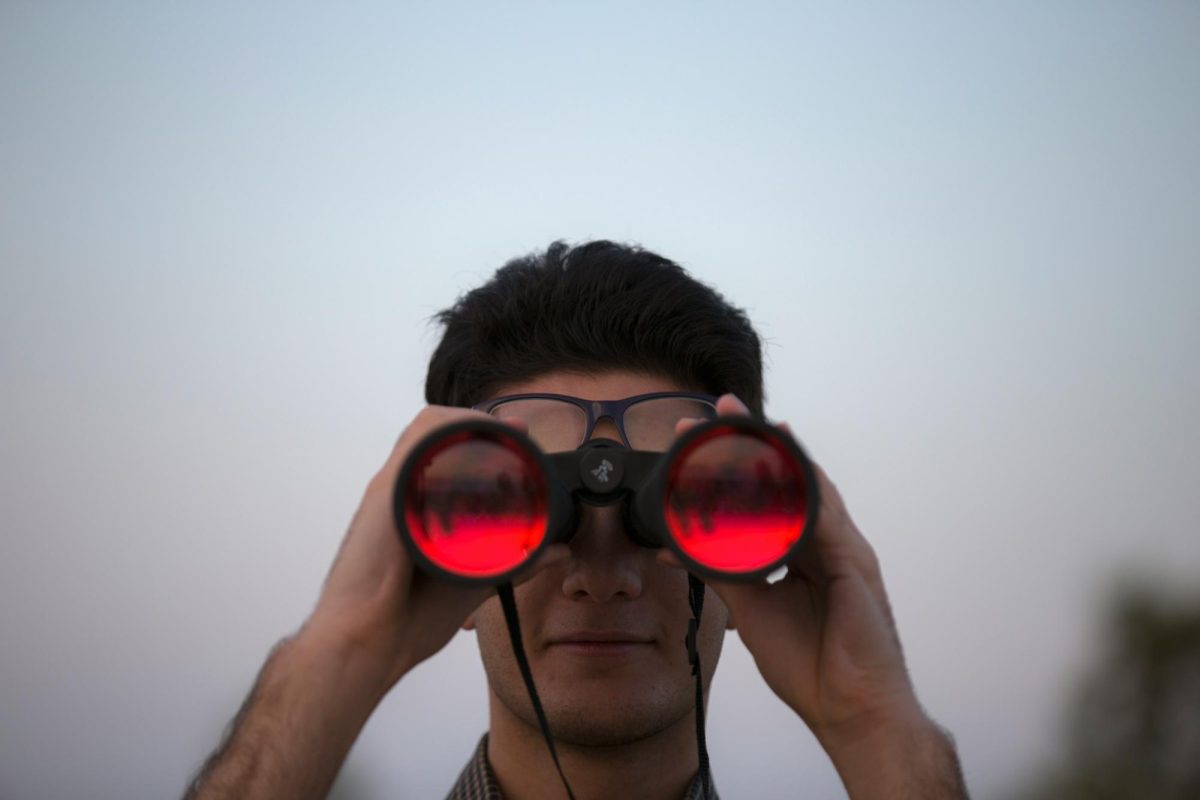In our day-to-day interactions, understanding social cues is one of many invaluable skills that everyone should learn. Whether this is undertaken to unpack how an individual is feeling in a given situation or gathering information on another person, understanding body language, micro expressions, and other gestures is key to improving communication.
History
In 1872, Charles Darwin, a naturalist and geologist, published one of his most impactful contributions to science. In his book, The Expression of Emotions in Man and Animal, Darwin noted that “the young and the old of widely different races, both with man and animals, express the same state of mind by the same movements.” This was part of his groundbreaking theory that facial expressions could be universal. He believed that there are a group of expressions that are ingrained in our brain through evolution. Anger, contempt, disgust, enjoyment, fear, sadness, and surprise were regarded as the seven universal emotions. Darwin further described that while there is a group of emotions that are universal, gestures are culture specific. In other words, the way we move our hand to represent ‘hello’ or ‘ok’ may differ from how others choose to express those words.
While there is substantial evidence to prove his theory, many don’t believe it to be true. Lisa Feldman Barrett, a professor of psychology at Northeastern University, supports The Constructed Theory of Emotions (CToE) instead. She believes that emotions are formed from sensory input rather than being innate. We learn a lot from the people around us, and when we’re young, family is the greatest influence. For instance, if your mom smiles, over time you learn to repeat the same action. In Barrett’s book, the Life of Brain: The Nature and Origins of Conscious Experience, she writes, “human beings are not at the mercy of mythical emotion circuits buried deep within animalistic parts of our highly evolved brain: we are architects of our own experience.”
Despite the variety of theories about how exactly our emotions are formed, one thing remains true: we all experience emotions! Travis Bradberry, author of Emotional Intelligence 2.0, and John Antonakis, a professor of organizational behavior found that the average person has more than 400 emotional experiences per day. So how can we distinguish what a person is feeling, and how do we determine what it means?
Social Cues
There is a subtle art to reading social cues. Many times, small movements or certain patterns may go unnoticed to the untrained eye. In other cases, an individual can mask their true feelings to appear more self-assured and poised. To really understand a person, you have to ‘decode’ them; you can do this by observing their facial expressions, micro expressions, and body language.
Facial expressions are one of the most telling ways to understand a person. Although not everyone is transparent about their emotions, there are some brief micro expressions that one can catch. For instance, the shadow of a smile and a quick look away could mean someone is shy, but enjoying themselves. Fidgeting with clothes or hair could mean that someone is nervous.
Joe Navarro, a former FBI agent, is an expert body language reader. Over time and through his years working with different people, he has picked up on many non-verbal cues and ways we communicate. In a multi-part video series, Navarro breaks down the main ways to read body language.
His main point is to watch how one’s forehead changes. Navarro said, “a lot of the things we have gone through [in] life are often etched in the forehead.” In moments of stress or confusion, wrinkles may form on our forehead — lines or other marks can be indicators of other emotions. The LaBella, an area between our eyes and above our nose, is “one of the first areas that reveals information.” For example, when we express dislike for something, we often scrunch our nose and make a face. The LaBella in turn also gets scrunched, and your eyebrows get furrowed together.
Anger is a common and strong emotion, and it can be very hard to spot. Navarro recommends looking at the mouth and the shoulders. He states “we tend to compress [our lips] when something bothers us [and] when something really bothers us we tend to suck them in the mandibular.” Pursed lips or grinding your teeth can be indicative of oncoming anger. When someone is at ease they tend to relax their mouth, shoulders, and feet.
When working to catch spies, Joe Navarro had to notice even the smallest movements or peculiarities. Signs of stress can include shoulder tension, stiffening our fingers, and doing something called arms akimbo.

This movement implies aggressiveness and that one is being ‘territorial.’ On the other hand, if you put your thumbs forward, it is a sign of openness and inquisitiveness.
Legs are also often indicative of mood. Whether or not we notice it, our legs often move as a result of our emotions. In other words, if we are stressed, our cortisol levels go up. Increased cortisol means a higher heart rate, and our body needs to find a way to let it up. Typically, this causes us to start shaking our legs. In other cases, when Navarro was interviewing potential spies, he noticed sudden movements in response to questions he asked. “If I asked a question and all of a sudden the feet withdraw and are crossed, perhaps the person feels a little threatened by that question.”
Posture explains a lot about comfort level. A straight or upright posture can be a sign of interest, whereas slouching can mean you don’t care about what impression you leave on the other person. For instance when people are at an interview for a job, they will make sure they are as polite and presentable as possible. Part of this is posture! I’m sure you’ve found yourself straightening your back when the interviewer comes in or when you get asked a question.
Voice pitch changes based on the information that we are relaying. Important and groundbreaking news may be spoken at a quicker pace so the information could be delivered faster. A lower pitch and a slower pace can be used to soothe, or to calm someone down. Voice pitch can also change when we are trying to make a point. Whether this is done to make people laugh or be sarcastic, volume and tone shift to match the situation.
Fun Fact: When we ask someone a question, we use something called ‘upspeak,’ which is an unconscious check for approval. At the end of our sentence – the last few words – we tend to raise our pitch. This makes your statements sound more like questions rather than statements. Try it now!
The Pinocchio Effect is the relationship between body heat and stress, and the linguistic changes when an individual is lying. A study done by researchers at the Harvard Business School examined linguistic differences in deception through a game. In the game, “the Allocator was given an amount of money to divide with the Receiver. The Receiver did not know the precise amount the Allocator had to divide, and the Allocator could use deception. Allocators either lied, deceived through omission, or were truthful with the Receiver with their allocation decision.” The researchers found that people who are lying used more words than other participants, and tried to over explain their side. They also used a “higher percentage of third-person pronouns, numbers, and profanity than other participants.” Additionally, when a person lies, their nose is one of the first areas that experiences change, hence the name ‘Pinocchio Effect.’ However, their nose doesn’t grow; the temperature around their nose increases as a result of stress. Why do people get hot when they are stressed? Stress causes heart rate to increase, and sweat glands perspire in an effort to bring your temperature down.
Myths
- Crossing your arms
- Myth: It is to distance oneself from the conversation and it is a sign of disinterest.
- Truth: Crossing your arms can be a way to self-soothe. Almost like a hug, wrapping your arms around yourself can provide you comfort in situations where you feel out of place or nervous.
- Looking side to side
- Myth: It is a sign that someone is lying or being deceptive.
- Truth: When someone is processing information, they are likely to look side to side. In fact, this is a sign of bilateral activation, which is necessary for interpreting information.
Social cues help us understand a story even when the other person isn’t saying a word. People’s movements, actions, and subtle changes in behavior all have a meaning behind them. Through observation, we can learn to understand the unspoken parts of conversation and comprehend what happens within the brain of others.
In his book, The Expression of Emotions in Man and Animal, Charles Darwin noted that “the young and the old of widely different races, both with man and animals, express the same state of mind by the same movements.”

